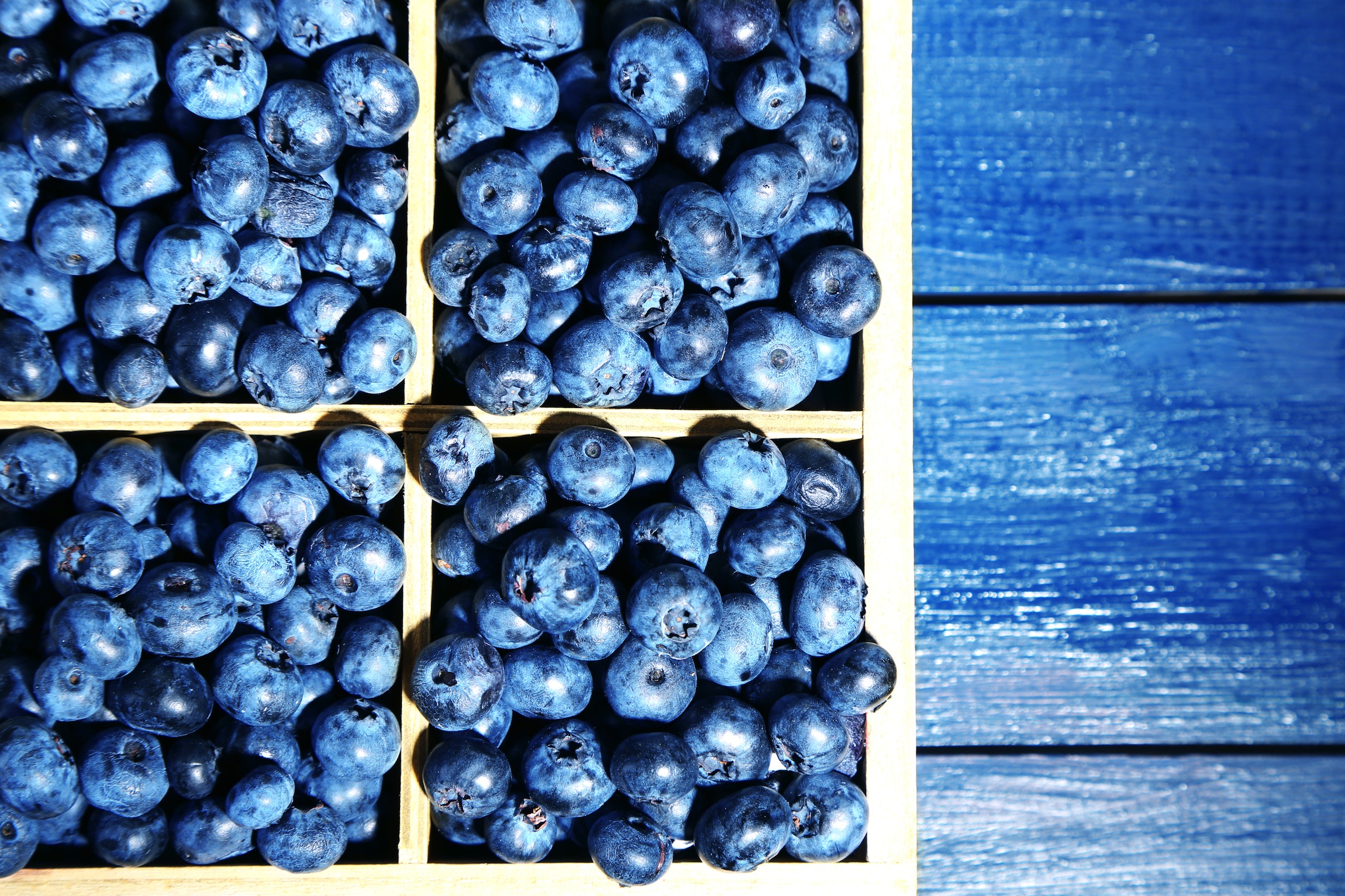More 18-ounce packs due from Argentina
Eighteen-ounce clamshell containers of blueberries that once were relatively rare coming from Argentina are becoming much more commonplace as plantings in that country increase.
“It used to be that some retailers were concerned about the price point you would see on an 18-ounce blueberry package,” said Jim Roberts, vice president of sales for Salinas, Calif.-based Naturipe Farms LLC.
But more recently, retailers seem to “realize the value message” that the larger containers offer their customers, he said.
For the past two years, the 18-ounce package has grown at a much faster rate than overall production at Naturipe, he said.
Many traditional supermarkets now carry the 6-ounce and the 18-ounce clamshell for most of the season, Roberts said.
“Before, we would only see them carrying (18-ounces packages) during the peak,” he said.
The addition of the 18-ounce clamshell has helped drive consumption as well as overall blueberry sales, he added.
The 12- and 18-ounce packages have become more and more common in the U.S. as the size of the blueberry crop gets bigger and bigger, said Mike Maxwell, president of Procacci Bros. Sales Corp., Philadelphia.
The pint container is too small to move the crop efficiently he said. The larger sizes give more value to the customer.
Club stores commonly order large sizes, and there is some talk of replacing the pint packages with one-pounders, he said.
Maxwell does not expect to see many large packages out of Argentina early in the season because of the cost of air freight. But that likely will change as the season progresses and more product is sent to the U.S. by ship.
In the end, the size of the crop will determine how much is packed in larger containers, he said.
Small packs play a role when there are not a lot of blueberries available, said Nader Musleh, executive director of the blueberry division at California Giant Berry Farms, Watsonville, Calif.
Small pack sizes allow the company to provide blueberries to all of its customers when supplies are tight, he said, which, in turn, allows more consumers to take some home.
California Giant packs 18- or 24-ounce containers for club stores during the domestic deal and continues to provide those options when shipments come in from Argentina, he said
The company also offers 6-ounce and pint containers.
If the company ships too many large packs in September and October, it could get caught short and might be unable to supply all of its customers, he said.
Many Canadian retailers prefer a 4.4-ounce container because the currency exchange rates make the larger sizes a bit pricey, Roberts said.
Naturipe’s shipments to the U.S. will start with 6- and 18-ounce sizes, with a few grocers requesting pint containers, he said.
The large pack sizes are a better value for family consumption, Roberts said.
“Six ounces of blueberries is more of an individual serving,” he said. “It’s not a family pack, like the 18 ounces.”
Naturipe packs as many 18-ounce containers as almost any other pack, he said.
“It’s really become a very strong pack for the trade.”
Naturipe planned to ship 18-ounce containers from the first day it started sourcing from Argentina, he said.
“The 18-ounce pack is the only one we pack on a year-round basis,” he said.
In the U.S., larger packs are more popular in the Northeast followed by the Midwest, Roberts said.
“The West has not caught up yet.”
That’s because blueberries are relatively new to the West Coast.
While some blueberry bushes have been in the ground for 50 years or more in the East, they’ve only been planted in California for about 12 years, he said.







